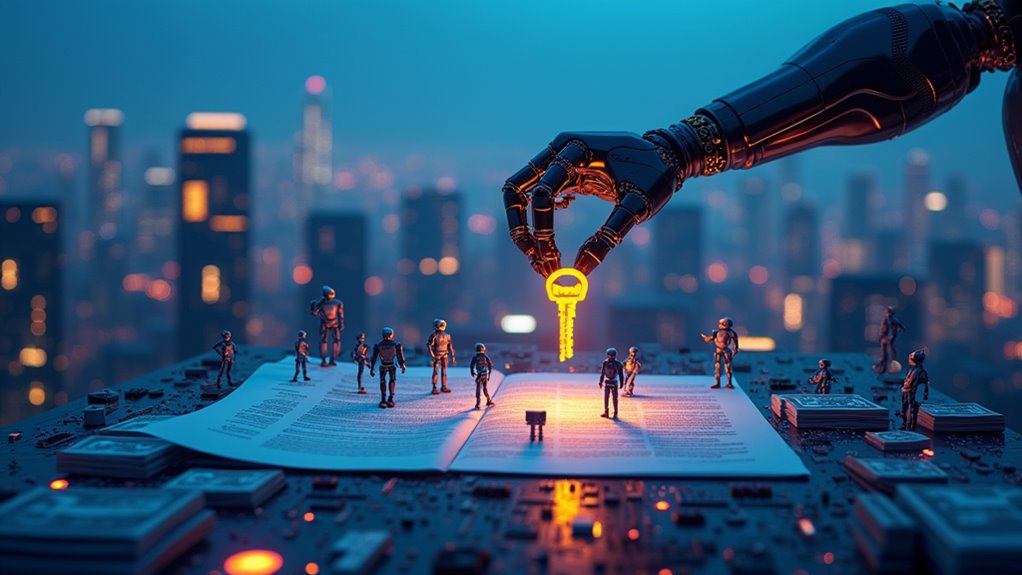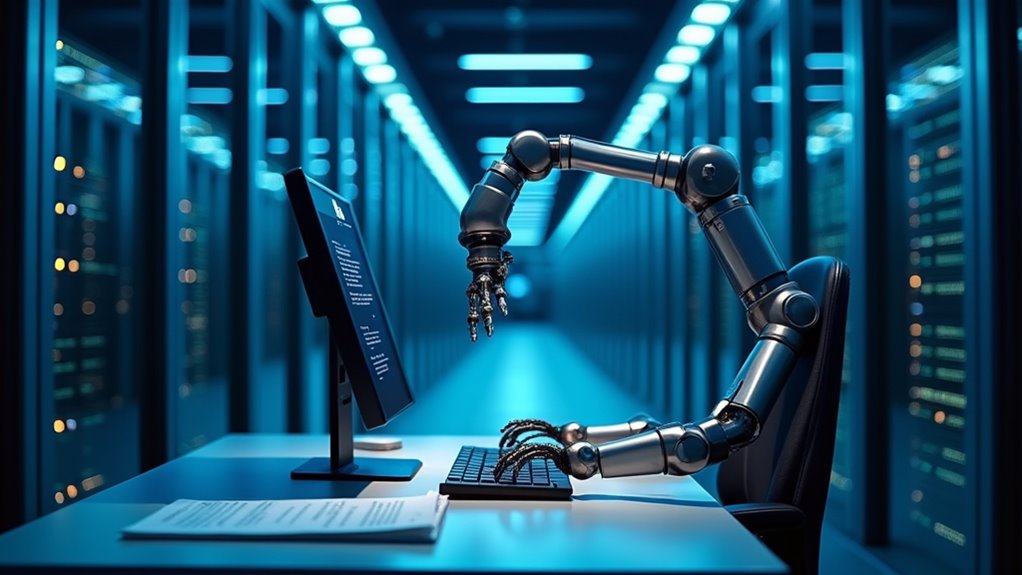Trump’s latest tariffs are giving America’s AI gold rush some serious heartburn—critical gear like servers and GPUs now face up to 32% in extra costs, or a Game of Thrones-sized 145% for anything China-touched. Big shots like Nvidia and Amazon? They’re crunching the numbers, pondering whether to suck it up or book a one-way ticket overseas. Sky-high prices, supply chain headaches, and global trade beefs mean the AI party’s not over—just a lot less fun. Stick around for the twists.
Although America’s AI gold rush has Silicon Valley buzzing louder than a server farm at midnight, Trump’s latest tariffs have thrown a bucket of ice water on the party. Suddenly, those shiny new data centers—essentially the gold mines of the modern era—are looking a lot more expensive. Why? Because the servers, cooling systems, and ultra-fancy GPUs that power artificial intelligence are mostly imported. Tariffs crank up the price tags, leaving companies with a choice: pay more or slow down.
*Let’s break it down.* Costs to build and run AI infrastructure are shooting up, thanks to tariffs on components from China, Taiwan, and beyond. Some tariffs reach up to a staggering 32%—and that’s if your AI hardware isn’t from China, where the tariff sits at a jaw-dropping 145%. Imagine explaining that one to your CFO.
- Global supply chains? Disrupted.
- Stocks in AI companies? Down.
- Investor mood? Somewhere between “cautiously pessimistic” and “where’s the exit?”
Even big players like Nvidia aren’t immune. While servers assembled in Mexico might dodge the tariff bullet, confusion reigns. Companies are scratching their heads over which components—like those all-important GPUs—are actually exempt. The lack of clarity from the administration has left the tech industry in a state of uncertainty.
And the tech market? It’s been riding a roller coaster worthy of Six Flags since the announcements.
The intended goal here is classic economic protectionism: bring manufacturing stateside, create jobs, and make America’s tech sector great again. But there’s a catch—higher costs might choke off the very innovation the U.S. is famous for. The talent shortage in AI-related fields further compounds these challenges, as companies struggle to find qualified data scientists and engineers to maximize their investments. Some worry that AI pioneers could pack up and move to friendlier, less tariff-happy shores. Increased construction costs may lead companies to build datacenters abroad, as the tariffs create a strong incentive to seek regions with cheaper power and fewer trade barriers.
Meanwhile, global uncertainty climbs. Retaliatory tariffs could be next, and business planning is now about as predictable as a plot twist in a Christopher Nolan film.
The bottom line: America’s AI boom isn’t over, but it’s definitely looking less like a gold rush and more like a high-stakes game of Jenga. One wrong move, and the whole tower could teeter.









